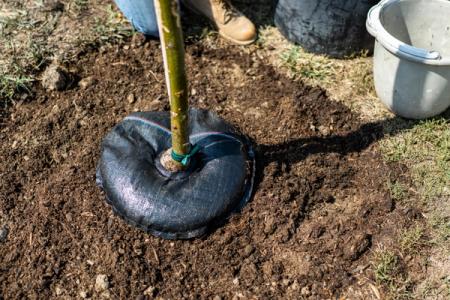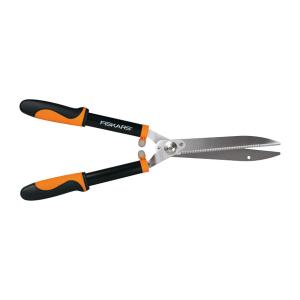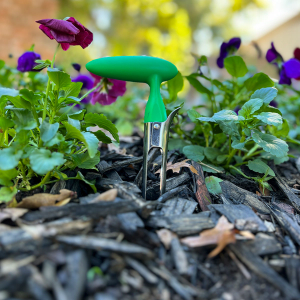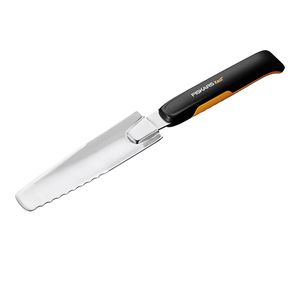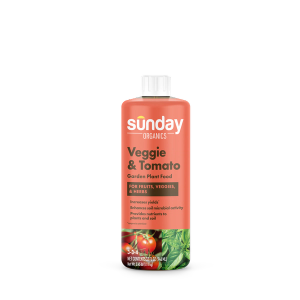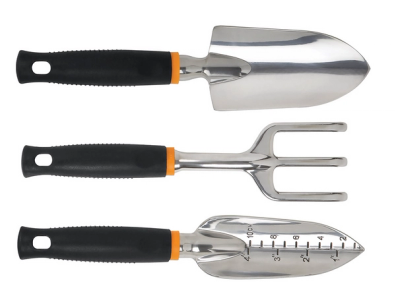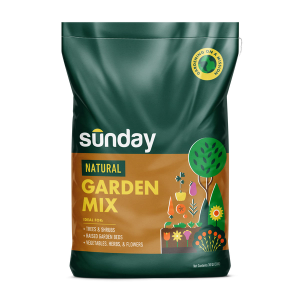Zoysiagrass is a good option for warm-season lawns in the east or warm-season lawns in the western U.S. Zoysia, like many warm-season grasses, has a high tolerance for heat and can tolerate moderate drought conditions. However, they may require some extra water in the summer months.
Is zoysiagrass right for my lawn?
Of the warm-season grasses, zoysia has relatively high cold and shade tolerance, though it grows best in full sun. Zoysiagrass lawns are very slow-growing, though, and because of this, they don’t tolerate a lot of lawn traffic. In general, zoysiagrass is slow to recover and grow back from any stress or damage, including traffic, drought, cold, pest, or disease. If you have a low-traffic, sunny lawn, though, zoysia is a great fit!
Establishing zoysiagrass
Once you decide zoysia is the right grass for your lawn, follow these steps to establish your zoysiagrass lawn:
- Test your soil. This will help determine your zoysia lawn’s nutrient needs and help you determine your soil texture.
- Determine the best way to plant. Some zoysiagrass varieties can be grown from seed; others are only available as plugs, sprigs, or sod. The way you plant your zoysia also depends on your lawn goals – are you trying to fill in a few bare spots with some seed or plugs, or do you need sod or sprigs to grow a new lawn from scratch?
- Time your planting right. Remember: Zoysia grows very slowly, so the timing and size of the project are very important.
- If you’re patching or introducing zoysia to an existing lawn, seed and plugs are your best bet, and should be planted in late spring to give them time to grow in during the summer season.
- If you’re planting a new lawn, sprigs, and sod can be laid late spring through early fall to cover larger areas more efficiently.
- Water, water, water. This step will vary depending on your planting method.
- If you seed, sprig, or plug your zoysiagrass, water daily until you see grass start to grow. Then, switch to deep and infrequent watering.
- If you sod your zoysiagrass, water deeply and infrequently to encourage deep rooting.
Caring for a zoysiagrass lawn
Proper lawn care is key for keeping your zoysiagrass lawn healthy.
- Water deeply and infrequently to train your lawn to use less water and grow deep grass roots
- Mow your zoysiagrass to keep it 2-3 inches tall and grasscycle to return nutrients to the soil
- Fertilize based on your Sunday lawn plan. Not a Sunday customer? Fertilize using minimum levels of sustainable nutrition, or MLSN, to avoid over-fertilizing
- Pull weeds by hand or spot treat weeds, when necessary
- Practice integrated pest management to help prevent lawn disease issues before they arise and scout regularly for lawn pests to avoid damage. This is particularly important in slow-to-recover zoysia lawns.
- If damage does occur, patch bare spots with seed or plugs, and make sure to water and fertilize properly and reduce traffic to help the zoysiagrass bounce back.
Sunday Tip:
Zoysia leaves are stiffer than other turfgrasses and their stolons and rhizomes are particularly tough. Keep your mower blades sharp to prevent shredding the grass leaves, and dethatch your lawn if you notice a tan, dense thatch layer.
Cited sources
Establishment and Care of Zoysiagrass Lawns. University of Missouri Extension.
Zoysiagrass Lawns. University of Georgia Cooperative Extension.







